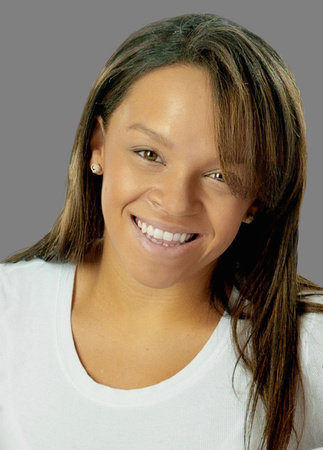A notorious rake and a buttoned-up paragon of respectability. A mysterious, reclusive earl and a con artist. Cat Sebastian has gained a devoted following by transforming beloved Regency romance tropes and characters into gay love stories.
The first book in her new series, Unmasked by the Marquess, uses the time-honored trope of a girl dressing as a boy. Here, Sebastian tells us how she detangled the classic plot from its potentially regressive implications in order to create a far more progressive story—a romance between a woman who discovers that she identifies as nonbinary, and the grumpy bisexual nobleman who utterly adores her.
I got the idea for writing Unmasked by the Marquess, in which a character identifies as nonbinary in the early 1800s, when somebody on Twitter said that they’d like to read a romance novel with the classic girl-dressed-as-a-boy trope, but where the girl realizes she isn’t a girl after all. I can’t remember the exact wording, and I wish I knew who the author of the tweet was, but the comment was like an anvil dropping on my head. I adore the girl-in-breeches plot, but it’s often transphobic and biphobic in its execution. I realized at that moment that I could twist the trope around and tell a story I had been toying with for ages.
At around the time I started plotting Unmasked, I read E.E. Ottoman’s shatteringly beautiful Documenting Light, a contemporary romance between a trans man and a nonbinary person who begins to acknowledge their nonbinary identity over the course of the book. The characters find an old photograph that may have been of a same-sex couple and are frustrated by the practice of assuming historical personages are straight until proven otherwise. This practice is problematic on many levels: it frames being straight and cis as normal, it has an “innocent until proven guilty” quality that implies queerness is shameful, and it ignores all the ways queerness has deliberately been concealed and erased from the historical record. When people are living under threat of criminal prosecution and social ostracization for their sexual orientation and gender identity, we can’t expect them to leave proof lying about. Similarly, it’s unsurprising that their family members would take care to burn letters and diaries after their death.
This is all to say, I wrote Unmasked with the understanding that trans and nonbinary people have always existed. Once you accept this, you realize history is filled with people who might have been transgender. All those people who were assigned female at birth (AFAB) but dressed in men’s clothes in order to become soldiers or doctors or otherwise avail themselves of opportunities that were reserved to men, may well have been trans men. Similarly, in 18th-century England, there were quite a few instances of AFAB people marrying women. We’ll never know whether they were con artists, trans people or queer women enjoying domestic bliss, but they may well have been trans, and we need to acknowledge that possibility. (It’s also worth pointing out that they were only publicly exposed when something went wrong; we can only guess how many people flew happily under the radar or were privately out to close friends).
What many of those instances have in common is that people dressed or lived as men in order to take advantage of opportunities—whether practicing medicine or marrying a woman—that were unavailable to women at the time. This freedom is something audiences have found compelling about girl-in-breeches stories, from Shakespeare to modern romance novels. In Unmasked, Robin first disguises herself as her employer to attend university, and then later to prevent her employer’s sister from being rendered homeless and penniless due to the entail of the family property, but ultimately the freedom she seeks in male attire is freedom from the vague uneasiness and dysphoria that tainted her earlier life, the freedom to be her authentic self.
It’s impossible to write about the girl-in-breeches trope without addressing its typical pitfalls. For example, a hero’s dismay at his unaccountable attraction to a person he believes to be a man reads as either homophobia or biphobia. Alternatively, if the hero somehow intuits the true gender of the heroine, this generally reads as transphobia to me, with its assumption that the gender of a person can be divined from physical attributes despite how they choose to present themselves to the world. When crafting the character of Robin, I made sure she was paired with a partner for whom gender is not a factor when it comes to attraction. Alistair, the titular marquess, is bisexual and comfortable with being attracted to people of all genders.
Another issue is that books employing this trope often fail to consider the gender identity of the character. When the character is happy and confident in men’s clothing, and then sad and anxious when forced to live as a woman, I want the text to engage with the possibility that the character is not a cis woman. Not doing so comes across as trans-erasure.
While I am very aware that this is imposing current social norms on characters from two hundred years ago, I can’t see any reason why a book written today ought to preserve the past’s worst attitudes without good cause. Certainly members of marginalized groups had grim experiences in the past, but many also managed to thrive and have happy, full lives, alongside friends and partners with whom they could be authentic. My goal as a writer is to tell those stories, to populate the past with stories of people who have been left out or overlooked.






































